
Teufelsmoor and Wümme Meadows are located in the state of Bremen, Germany. Specifically:
1. **Teufelsmoor (Devil's Moor)**: This is a marshy area situated northwest of Bremen city, known for its peat bogs, heathlands, and characteristic landscape.
2. **Wümme Meadows**: These are meadows along the River Wümme, which flows through Lower Saxony and Bremen. The Wümme Meadows are particularly scenic and ecologically significant areas along the river's course.
Both these areas are notable for their natural beauty and are popular destinations for hiking, birdwatching, and nature exploration in the Bremen region.

Teufelsmoor (Devil's Moor) and the Wümme Meadows are natural landscapes that have evolved over thousands of years.
1. **Teufelsmoor**: This area is characterized by its peat bogs and heathlands. Peat bogs like Teufelsmoor develop over long periods, where layers of dead plant material accumulate in waterlogged conditions, eventually forming peat. This process can take thousands of years. Historically, peat was an important resource for fuel, and Teufelsmoor has been used for peat extraction since medieval times. The landscape has also been shaped by agriculture and human habitation over centuries.
2. **Wümme Meadows**: The Wümme River and its surrounding meadows have been shaped by the river's course and natural flooding patterns over millennia. These meadows are fertile areas that have been used for agriculture and grazing for centuries. The river's ecosystem supports a variety of wildlife and plant species, contributing to the ecological richness of the region.
Both Teufelsmoor and Wümme Meadows are significant not only for their natural beauty but also for their ecological importance and historical utilization by humans. They are part of the cultural and environmental heritage of the Bremen area in Germany.

Teufelsmoor and Wümme Meadows are natural landscapes that were not invented by any individual or group of people. Instead, they are geographical features that have formed over long periods of geological and ecological processes. Here's a bit more detail:
1. **Natural Formation**: Teufelsmoor is a result of peat bog formation, which occurs when organic matter accumulates in waterlogged conditions over thousands of years. The landscape is shaped by factors such as climate, vegetation, and hydrology.
2. **Ecological Evolution**: Wümme Meadows have developed alongside the Wümme River, influenced by natural flooding patterns and the deposition of sediments. These meadows support a diverse array of plant and animal species, evolving naturally within the river's ecosystem.
Teufelsmoor and Wümme Meadows are products of natural processes rather than inventions by any particular individual or group. They have existed long before recorded history and continue to be shaped by natural forces and human interaction with the environment.


The names "Teufelsmoor" and "Wümme Meadows" have historical and cultural origins that reflect aspects of their geography, folklore, and human interaction. Here's an explanation for each:
1. **Teufelsmoor (Devil's Moor)**:
- **Origin of the Name**: The name "Teufelsmoor" translates to "Devil's Moor" in English. The exact origin of the name is not definitively known, but it likely comes from local folklore or legends that attributed supernatural or eerie qualities to the area.
- **Possible Reasons**: Names like "Devil's Moor" often arise from historical perceptions or superstitions associated with wild and remote landscapes. These names can also be linked to the challenges and dangers that people historically faced in such environments, such as difficult terrain or mysterious aspects of nature.
2. **Wümme Meadows**:
- **Origin of the Name**: The name "Wümme Meadows" refers to the meadows that lie along the River Wümme.
- **Geographical Context**: The River Wümme flows through Lower Saxony and Bremen in northern Germany. The meadows alongside the river are fertile areas that have been historically used for agriculture and grazing.
- **Cultural Significance**: The name "Wümme" itself likely derives from the Old Saxon word "wôma," meaning water or river. The meadows along the Wümme River are important ecologically and culturally, providing habitats for wildlife and supporting traditional agricultural practices.


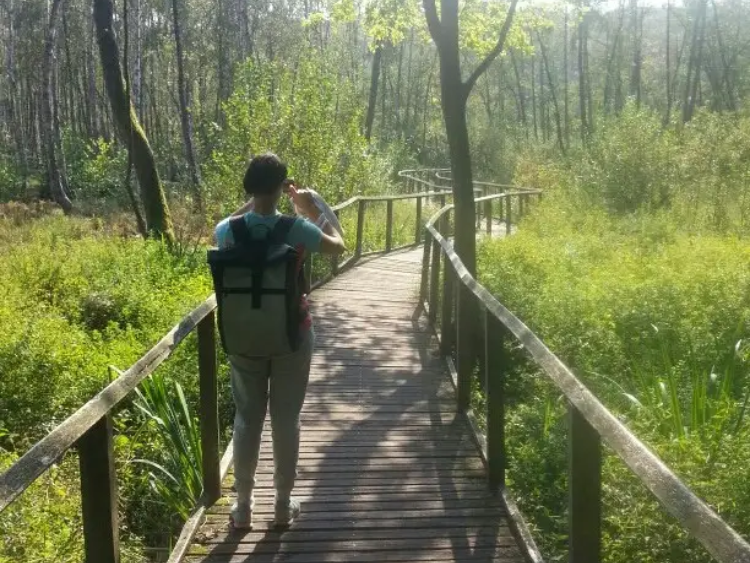
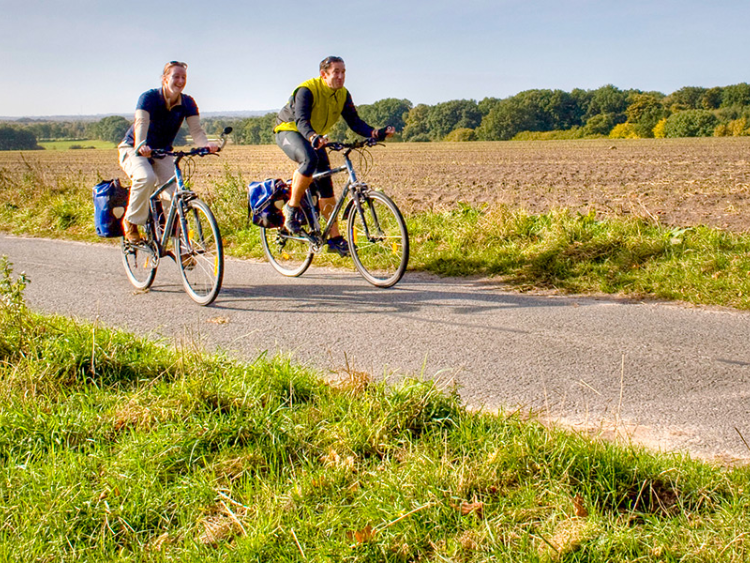
Teufelsmoor and Wümme Meadows are highly regarded destinations for hiking lovers due to several compelling reasons:
1. **Scenic Beauty**: Both Teufelsmoor and Wümme Meadows offer stunning natural landscapes characterized by expansive meadows, winding rivers (in the case of Wümme Meadows), and unique flora and fauna. The picturesque views and varied terrain make for a visually appealing hiking experience.
2. **Tranquil Environment**: These areas are known for their peaceful and serene atmosphere, away from the hustle and bustle of urban life. Hiking through these natural landscapes provides a chance to connect with nature and enjoy moments of solitude.
3. **Biodiversity**: Teufelsmoor and Wümme Meadows are rich in biodiversity, supporting a variety of plant and animal species. Hikers can encounter diverse ecosystems, including marshlands, heathlands, and riverside habitats, which adds to the interest and enjoyment of exploring these areas.
4. **Trail Networks**: Both areas typically have well-maintained hiking trails that cater to various skill levels and preferences. These trails may lead through forests, across meadows, and along riverbanks, offering a range of experiences for hikers.
5. **Cultural and Historical Significance**: Teufelsmoor, with its history of peat extraction, and Wümme Meadows, with its traditional agricultural landscapes, offer insights into local culture and history as hikers explore the terrain.
6. **Accessibility**: Located near Bremen, these areas are accessible for day trips or longer hiking excursions, making them convenient destinations for both locals and visitors.
Teufelsmoor and Wümme Meadows provide hiking enthusiasts with a combination of natural beauty, biodiversity, cultural richness, and tranquil surroundings, making them ideal locations to explore on foot.

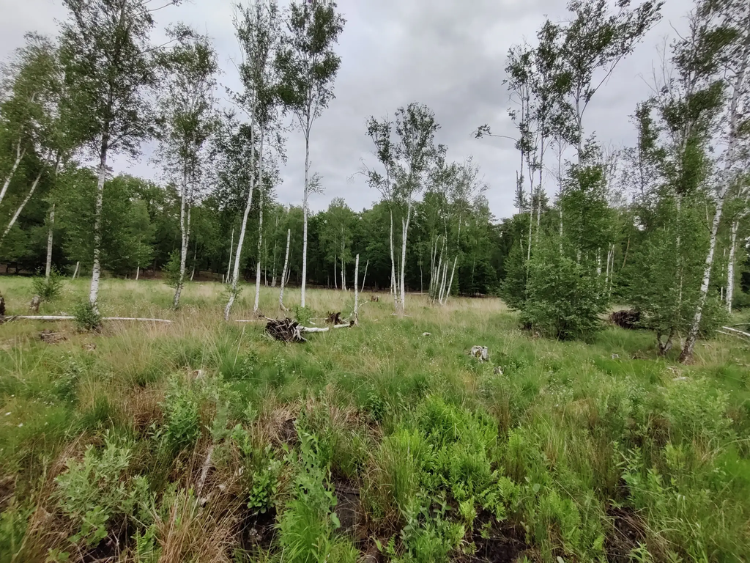
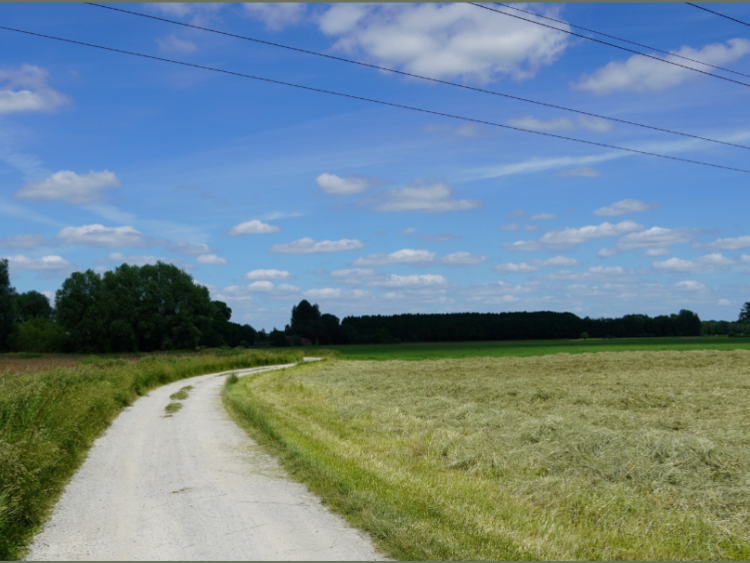
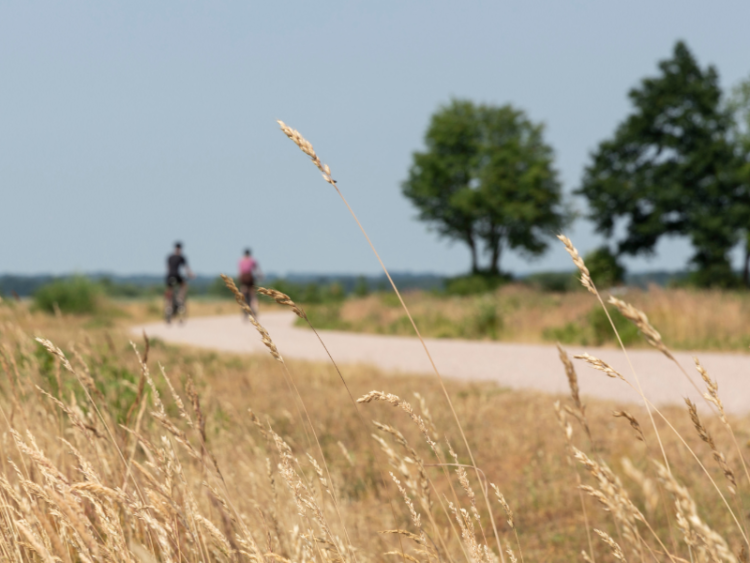

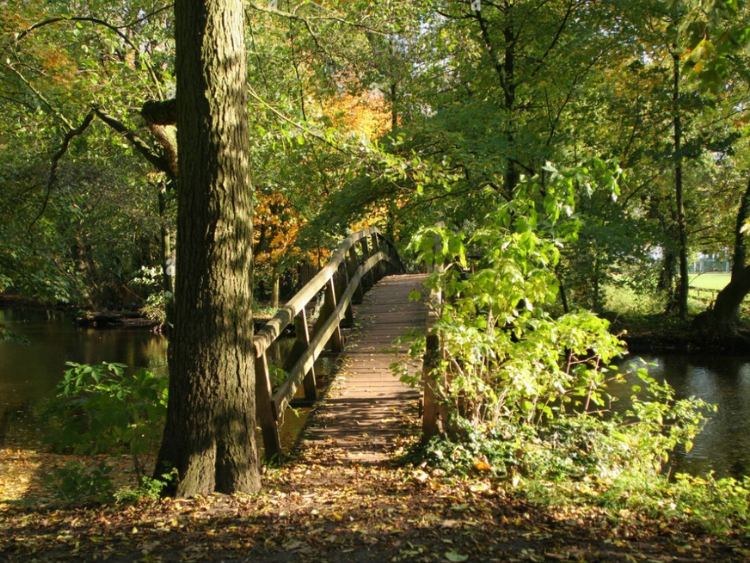
Teufelsmoor and Wümme Meadows can indeed be enjoyable for hiking throughout the year, each season offering its own unique experience:
1. **Spring**: Spring brings blooming wildflowers, budding trees, and migrating birds. The meadows and marshlands come to life with vibrant colors and renewed wildlife activity. Hikers can enjoy mild temperatures and longer daylight hours, making it a pleasant time to explore.
2. **Summer**: Summer offers warmer temperatures and longer days, ideal for longer hikes and exploration. The meadows are typically lush and green, and the riverbanks are inviting for picnics and relaxation. However, it can be more crowded during peak tourist season.
3. **Autumn**: Autumn brings stunning foliage colors as the leaves change, transforming the landscape into a palette of reds, oranges, and yellows. The cooler weather is perfect for hiking, and the quieter atmosphere provides a peaceful experience in nature.
4. **Winter**: In winter, the landscape may be quieter and more serene, especially after snowfall. Hiking in Teufelsmoor and Wümme Meadows during this time allows for crisp, clear views and a chance to appreciate the stark beauty of the winter landscape. Trails may be less crowded, providing a more solitary hiking experience.
Each season offers its own advantages and charms for hiking in Teufelsmoor and Wümme Meadows, making them versatile destinations for outdoor enthusiasts throughout the year. It's important to check local conditions and trail accessibility, especially during winter months or after periods of heavy rainfall, to ensure a safe and enjoyable hiking experience.